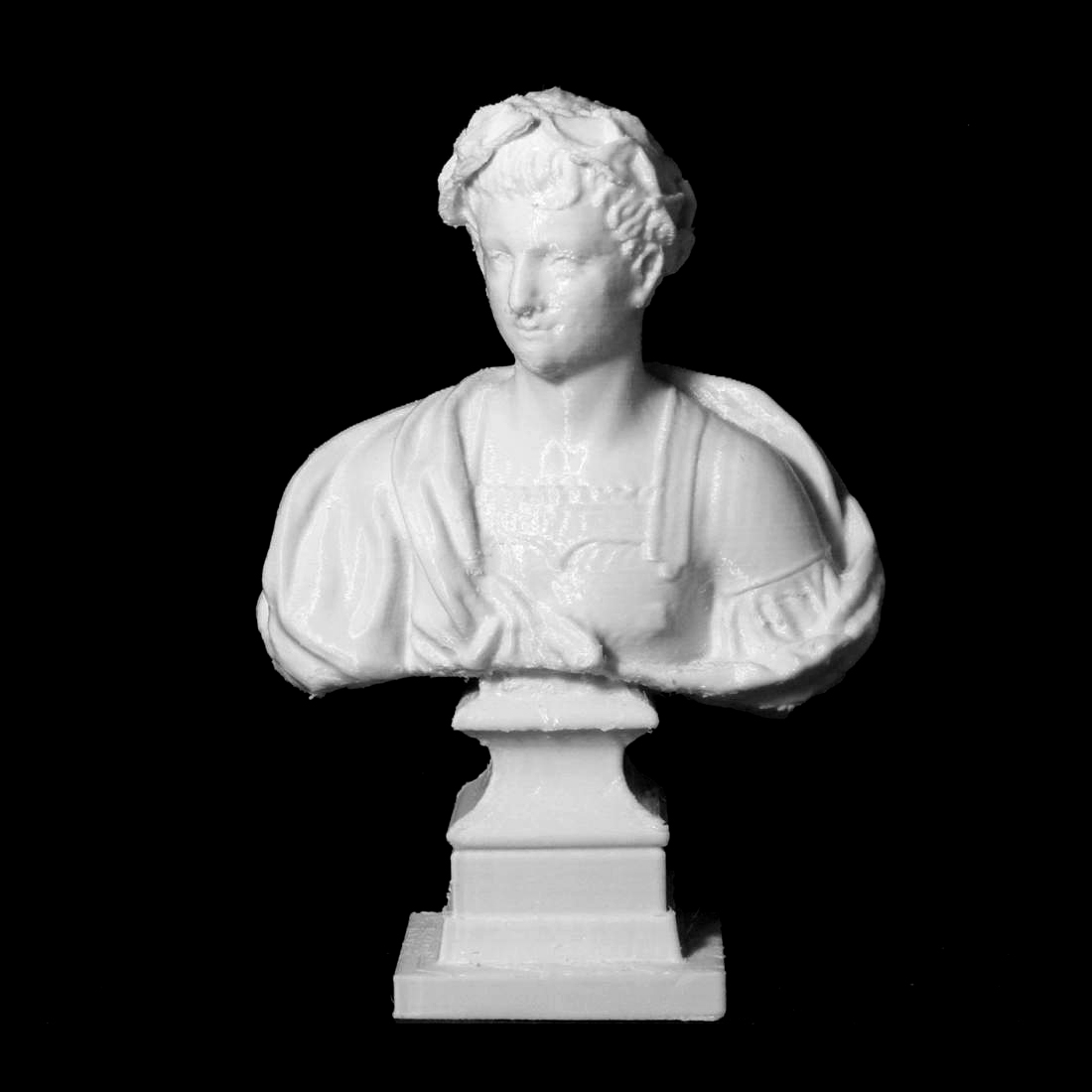
Emperor Vespasian
myminifactory
Vespasiānus Augustus (17 November 9 – 23 June 79) launched a successful career as Roman emperor from AD 69 to AD 79. Vespasian founded the highly influential Flavian dynasty, which dominated the Empire for twenty-seven years. Born into an equestrian family that rose rapidly through the senatorial rank under the Julio-Claudian emperors, Vespasian excelled in public offices and held the consulship in AD 51. However, his fame stemmed from his impressive military victories: he was legate of Legio II Augusta during the Roman invasion of Britain in 43 and crushed Judaea during the Jewish rebellion of 66. While besieging Jerusalem during the Jewish rebellion, Emperor Nero took his own life and plunged Rome into a tumultuous year known as the Year of the Four Emperors. After Galba and Otho perished in quick succession, Vitellius emerged as the third emperor in April 69. The Roman legions of Egypt and Judaea swiftly declared Vespasian, their commander, emperor on July 1, 69. In his bid for imperial power, Vespasian forged alliances with Mucianus, the governor of Syria, and Primus, a general in Pannonia, leaving his son Titus to command the besieging forces at Jerusalem. Primus and Mucianus led the Flavian forces against Vitellius, while Vespasian seized control of Egypt. On December 20, 69, Vitellius was defeated, and the following day Vespasian was proclaimed Emperor by the Senate. Vespasian dated his tribunician years from July 1, establishing the legitimacy of his appointment based on the acts of Rome's senate and people as well as the declaration of his legions. During his ten-year reign, remarkably little information survives about the government. However, he reformed the financial system at Rome after the successful campaign against Judaea and initiated several ambitious construction projects. He built the magnificent Flavian Amphitheatre, now known as the Roman Colosseum. In response to the events of 68-69, Vespasian enforced a significant improvement in army discipline. Through his general Agricola, Vespasian expanded imperial control in Britain. Following his death on June 23, 79, he was succeeded by his eldest son Titus, establishing the precedent for a Roman Emperor to be directly succeeded by their own natural son and securing the Flavian dynasty's dominance.
With this file you will be able to print Emperor Vespasian with your 3D printer. Click on the button and save the file on your computer to work, edit or customize your design. You can also find more 3D designs for printers on Emperor Vespasian.
